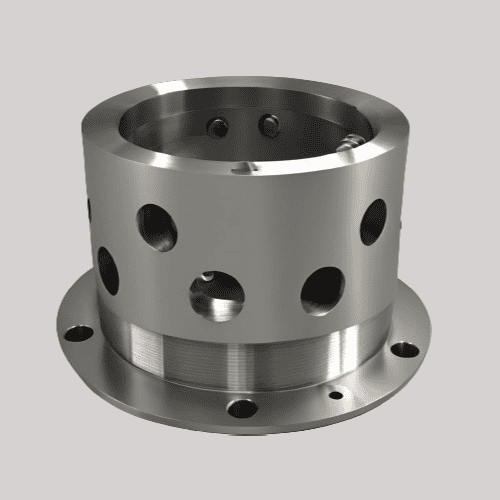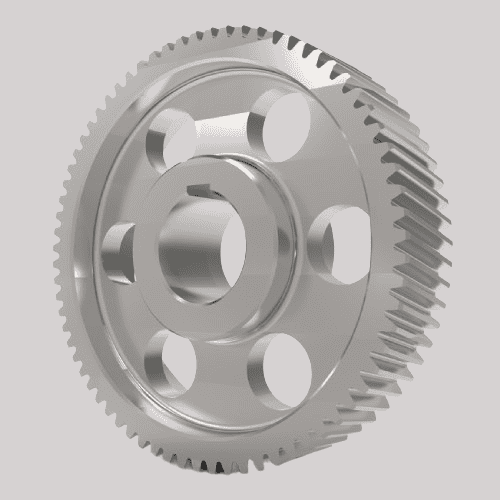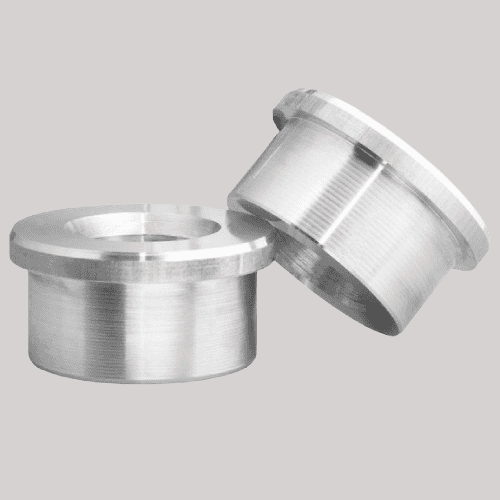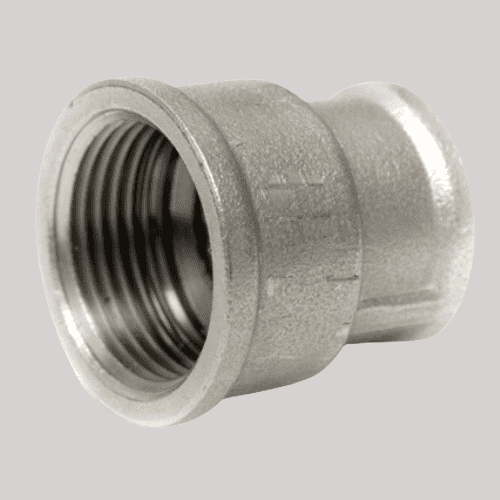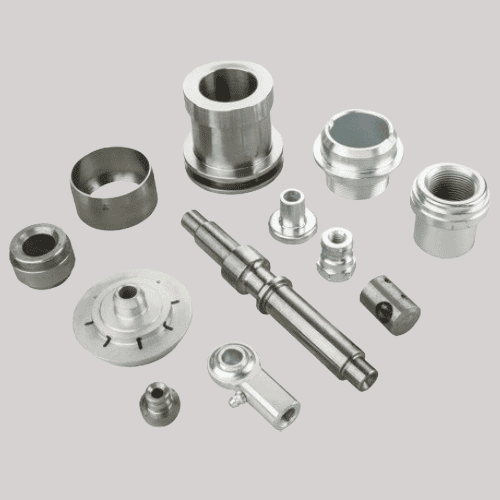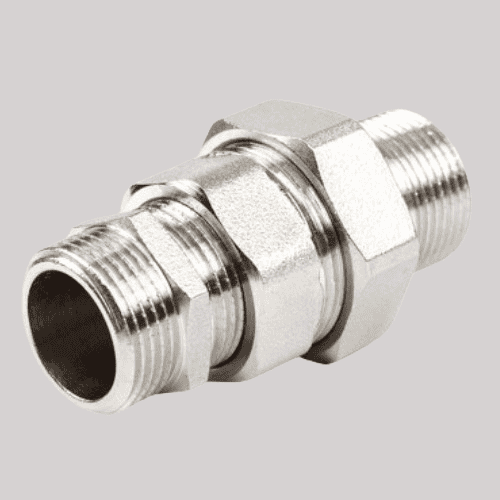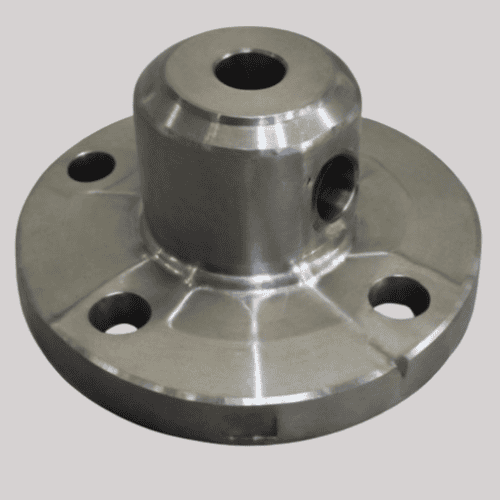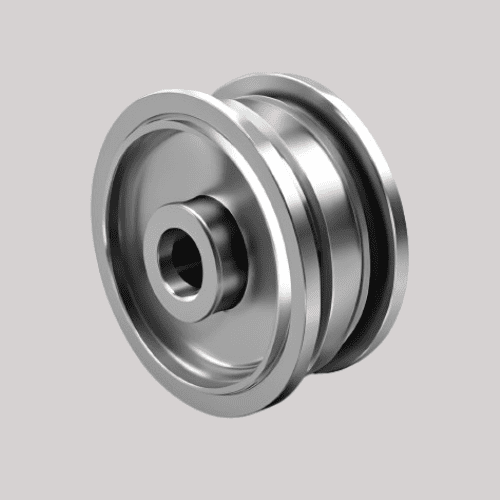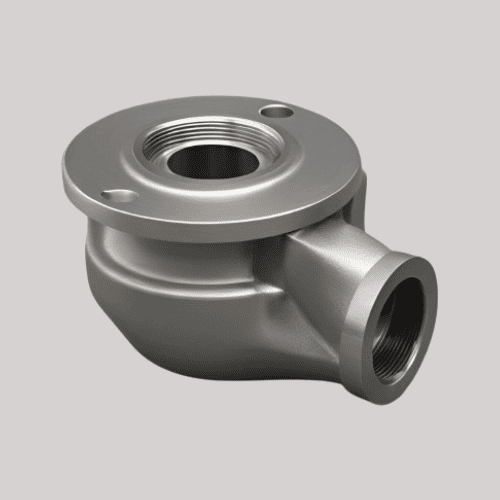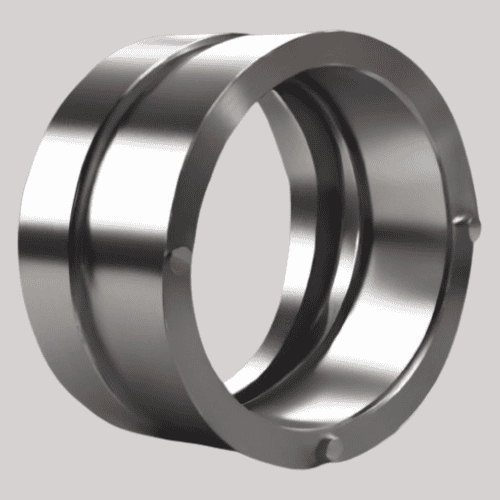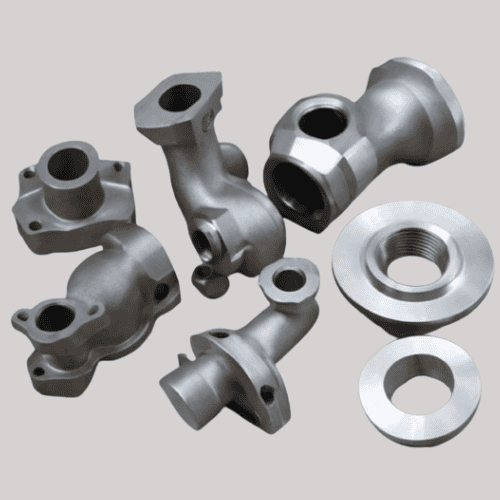Introduction
This was done for the production of a forged metal connecting rod used in automotive engines. Connecting rods are essential components that connect the piston to the crankshaft, transferring motion and force. The focus is on material selection, the forging process, quality control, and economic aspects of the production.
Material Selection
The chosen material for the connecting rod is 4340 alloy steel, for a good balance of strength, toughness, and fatigue resistance with Tensile Strength 745 MPa, Yield Strength 470 MPa, Elongation 12% and Hardness: 217 HB
Design and Simulation
- CAD Modelling: A detailed CAD model of the connecting rod was created.
- Finite Element Analysis (FEA): The model underwent FEA to predict stress distribution and deformation during forging.
Material Preparation
Billets were cut to the required size and then heated in a furnace to approximately 1200°C to make the metal malleable.
Forging Operations
Initially, heated billets were placed in a hydraulic press with a capacity of 4000 tons to create the rough shape of the connecting rod. Then rough shape was refined with subsequent press operations to ensure accurate dimensions and proper grain flow. Final touches were made to achieve near-net shape, minimizing the need for extensive machining.
Heat Treatment
Quenching and Tempering: The forged connecting rods were quenched in oil and tempered to achieve the desired mechanical properties.
Machining
- CNC Machining: The forged components were machined to precise tolerances, ensuring smooth surfaces and correct dimensions.
- Grinding and Polishing: Critical surfaces were ground and polished to achieve the necessary finish and dimensional accuracy.
Quality Control
- Dimensional Inspection: CMM Used to verify the dimensions of the connecting rod against design specifications.
- Non-Destructive Testing (NDT): Ultrasonic Testing: To ensure there were no internal defects like cracks or inclusions.
- Magnetic Particle Testing: MPT to identify surface and near-surface defects.
- Microstructural Analysis: Metallography for examining the grain structure and verifying uniformity and proper grain flow.
- Mechanical Testing: For Tensile Test and Hardness Test.
Economic Considerations
- Cost of Material: 4340 alloy steel is relatively expensive but was justifiable due to its superior properties.
- Tooling Costs: High initial investment in dies and molds, but cost-effective for large production runs.
- Production Efficiency: Forging is chosen over casting and machining due to its ability to produce strong, durable components with minimal waste.
Environmental Impact
- Energy Consumption: Significant energy is required for heating and forging processes.
- Waste Management: Efforts are made to minimize waste through efficient material utilization and recycling of scrap material.
- Emissions: Controlled emissions during the heating process to comply with environmental regulations.
Conclusion
The production of a forged connecting rod involves careful material selection, precise forging operations, and stringent quality control measures. 4340 alloy steel is ideal for this application due to its high strength and toughness. While the initial costs are high, the forging process ensures high-quality components with superior mechanical properties, making it a cost-effective choice for mass production. Additionally, attention to environmental impact ensures sustainable production practices.
This case study provides a detailed overview of the production process for a critical automotive component. If you need more details or specific focus on any section, feel free to ask!



